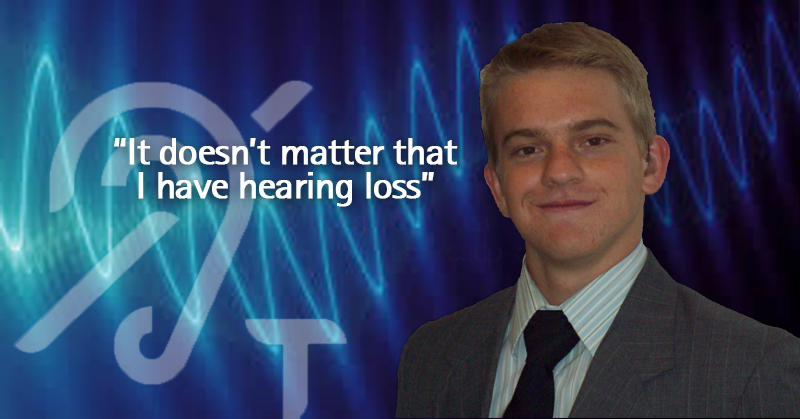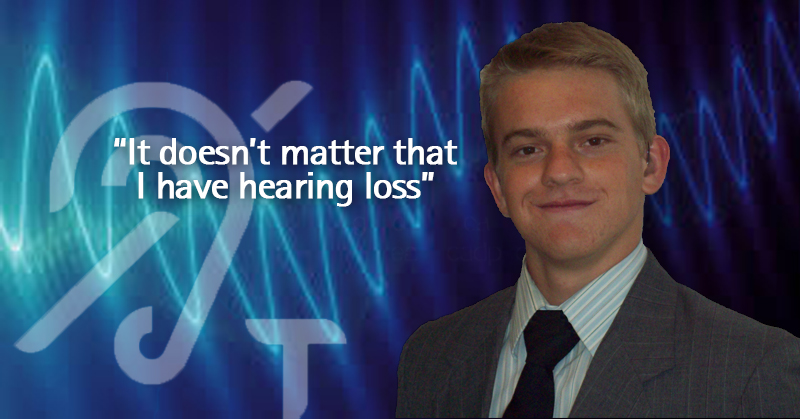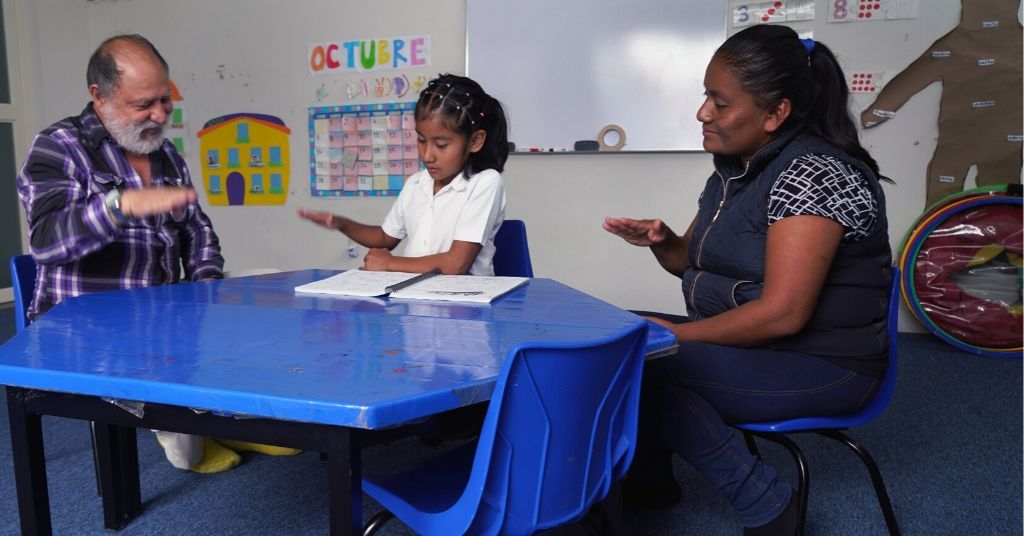
When Is a ‘Portable Loop’ Not a Portable Loop?
September 10, 2015
Listening to Josef: A hearing aid wearer we can all relate with
September 15, 2015Teen aims to make Californian city more hearing loss-friendly

Imagine a world where every newly constructed building would include accommodations for those with hearing loss, including acoustically-friendly designs, captioning and the latest hearing assistive technology.
While it seems like a lofty goal, one 16-year-old from California is encouraging his community to do just that.
Johnny Butchko knows too well what it’s like to not be able to understand people in public spaces.
“Every day that I am in school I have difficulty hearing in the halls, the cafeteria and the courtyards, because there is a lot of background noise,” he said.
Johnny was born severe-to-profoundly deaf. Equipped with Phonak Naida Q 50 UP hearing aids, he uses an FM system and captioning in the classroom, and a caption phone at home, but in public spaces, the feeling of being lost in translation is all too common.
So, he decided to do something about it.
For his 10th grade community service project at Santa Monica High School in California, Johnny and two classmates successfully lobbied their local City Hall to install an induction hearing loop system.
A hearing loop or audio induction loop system consists of a wire that circles a room and is connected to a sound system. The loop transmits sound electromagnetically, directly streaming the sound source – clearly and without distracting background or environmental noise – to the hearing aids or cochlear implant user.
“At the start of the project, Johnny told his friends that he would invite the mayor and the director of planning to meet with them at school during their lunch period to discuss the civic process,” said Leslie Butchko, Johnny’s mother. “ The boys thought that Johnny was joking and were surprised when the meetings took place.”
While his original goal was much bigger, Johnny sees the project as a small step in the potential changes that can be made globally.
“My friends and I tried to change the local law to require that all newly constructed buildings include accommodations for those with hearing loss… (but) we were not successful,” he said. “ Right now, the only way I can encourage individual developers to include accommodations for those with hearing loss is to address each project separately.
“Since one of the big new projects proposed to be built in my home town is a 14-screen theater, I plan to advocate for looping in that theater (next).”
While Johnny said he doesn’t necessarily think there’s a “best thing” about having hearing loss, he is encouraged by the many dedicated professionals he has met because of his circumstance.
Mrs. Butchko said Johnny’s activism has helped him gain confidence, and taught him that one person, especially a deaf teenager, can make a difference.
Johnny’s father, Chris Butchko, said he’s encouraged by the advances in hearing aids and other hearing technologies that he’s seen since Johnny first got hearing aids, but still hopes for greater advancements in the future.
“First, we need to improve the quality of the captioning on television,” he said. “Second, popular material on the internet should be captioned. Third, we need to encourage movie theaters to run some screenings with open captions. Finally, we need acoustic friendly designs in public places.
“Even our hearing friends complain about poor acoustics in restaurants and other public spaces, and we are careful to choose restaurants and coffee shops with good acoustics so they don’t have to fight to be heard.”
For Johnny, he hopes one day he can experience a world where hearing in public spaces isn’t a struggle. He said he’d like hearing loops installed in all public buildings where crowds gather to hear speakers, including ballrooms in hotels and concert halls.
But for now, he’s taking it one building at a time, all while finishing high school and hanging out with his friends.
“Since most of my friends communicate by texting, it doesn’t matter that I have a hearing loss,” he said.
Johnny and his family were first featured in Phonak’s Hearing Like Me blog when Johnny was 12-years-old.





